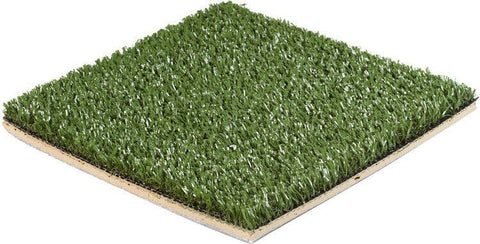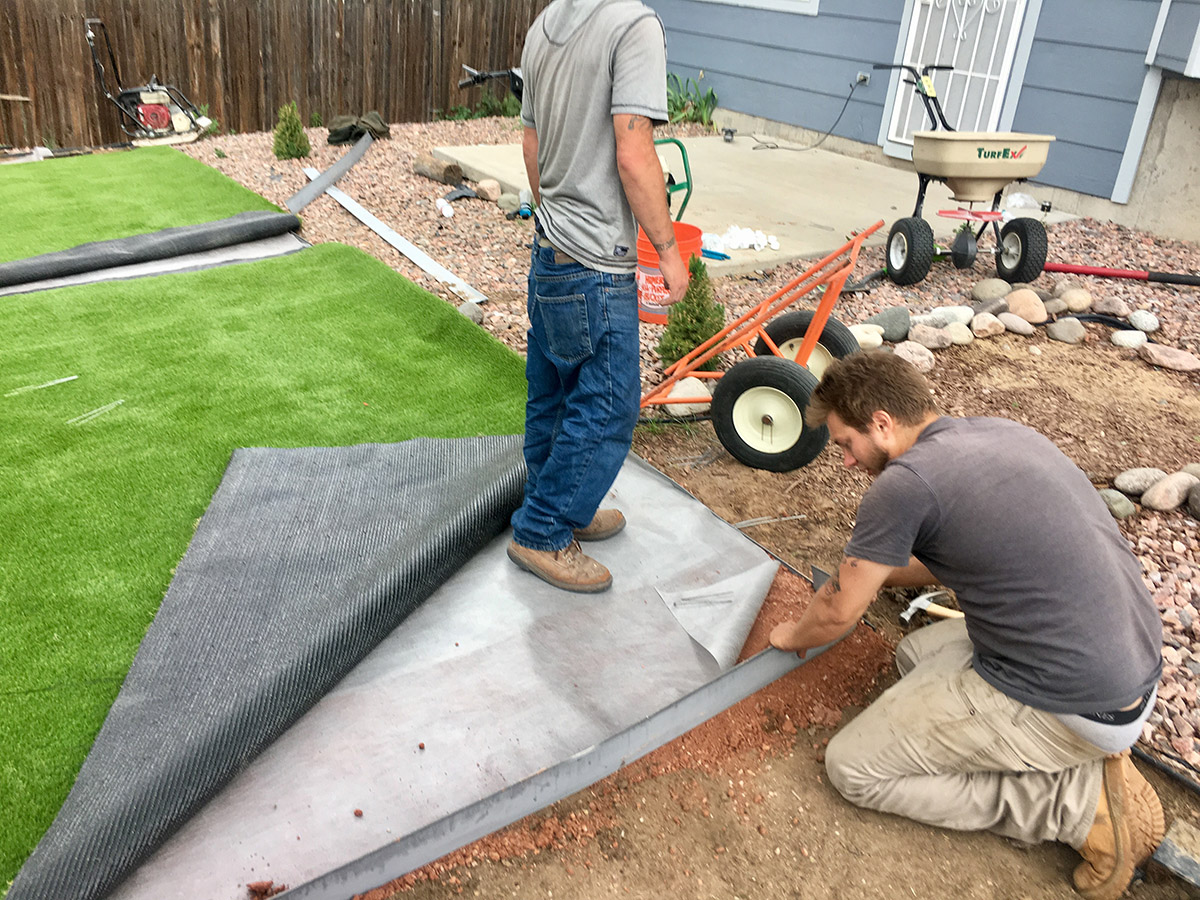Best Phoenix Turf Companies Providing High-Quality Synthetic Grass Options
Delve Into the Environmental Benefits of Opting for Synthetic Grass Solutions
The adoption of fabricated turf options presents a compelling chance to resolve pressing environmental difficulties. By significantly decreasing water use and minimizing the application of hazardous chemicals, these choices not just advertise sustainable landscape design however additionally protect local ecological communities.
Water Conservation Perks
Among one of the most substantial benefits of synthetic grass is its capability to preserve water. Traditional lawn lawns call for considerable irrigation, particularly in locations susceptible to drought or water restrictions. On the other hand, synthetic grass does not require watering, considerably decreasing the overall demand for water sources. This attribute is specifically beneficial in deserts where water deficiency is a pushing problem.
By removing the requirement for normal watering, synthetic grass adds to sustainable landscape techniques and assists minimize the environmental impact of too much water intake. The conservation of water extends to the decrease of drainage, which can lead to dirt disintegration and river pollution.
Furthermore, the installment of synthetic grass permits property owners and municipalities to assign water sources a lot more efficiently, concentrating on crucial usages such as drinking water and agriculture. The change towards synthetic grass not just promotes liable water usage yet also aligns with wider environmental goals targeted at protecting all-natural resources.
As neighborhoods increasingly focus on sustainability, the water preservation benefits of synthetic lawn offer a compelling instance for its fostering in residential and industrial landscape design tasks.
Lowered Chemical Use
The shift to synthetic turf dramatically reduces the reliance on chemical treatments frequently utilized in natural turf maintenance. Traditional lawn monitoring generally involves the application of chemicals, herbicides, and plant foods to promote development and control insects. These chemicals can pose dangers to human health, neighborhood wildlife, and the setting, adding to dirt and water contamination.
In comparison, fabricated grass eliminates the need for these unsafe compounds. By minimizing the release of synthetic compounds into the ecological community, man-made turf advertises much healthier soil and water systems.
Additionally, the lack of chemical overflow related to fabricated turf installations aids protect regional waterways from pollution, supporting marine life and preserving biodiversity. Artificial turf companies phoenix. As areas increasingly prioritize sustainable techniques, deciding for synthetic grass offers a sensible remedy that straightens with ecological preservation goals. With this shift, property owners can take pleasure in lavish eco-friendly rooms without compromising environmental wellness, leading the way for an extra lasting future
Reduced Carbon Footprint

Moreover, the installation of synthetic grass can cause substantial water conservation. All-natural grass call for substantial amounts of water for irrigation, which not just includes in the carbon footprint connected with water removal and therapy but likewise pressures neighborhood water resources. On the other hand, fabricated turf requires minimal you could try this out maintenance, needing no watering, thereby dramatically minimizing water use and its associated power expenses.
Furthermore, the longevity of synthetic turf adds to its lower carbon influence. With a life-span of as much as 15 years or even more, the need for frequent replacements is reduced, resulting in less waste and reduced power usage in manufacturing and throwing away conventional grass alternatives. Generally, fabricated turf presents a sustainable alternative for eco mindful landscape design.
Environment Conservation
Environment preservation is a critical consideration in the debate over landscaping choices, particularly when comparing synthetic grass to all-natural turf. Natural turf yards typically require extensive maintenance, including making use of fertilizers, chemicals, and herbicides, which can detrimentally influence regional ecological communities. These chemicals can seep into the soil and waterways, harming native vegetation and fauna and interfering with neighborhood habitats.
On the other hand, synthetic grass provides a chance to lower the environmental footprint of landscape design. By opting for artificial turf, homeowners can minimize the disturbance of all-natural habitats connected with traditional lawn care methods. Man-made lawn eliminates the demand for damaging chemicals, thereby protecting close-by wild animals and maintaining the stability of bordering ecosystems. The installment of man-made lawn can lead to the conversion of former lawn areas right into even more biodiverse landscapes, such as pollinator gardens or native plant locations, which can sustain regional wildlife.
Ultimately, the transition to synthetic grass not just conserves water and reduces maintenance efforts but also fosters a much more harmonious relationship in between human tasks and the natural surroundings, promoting habitat preservation while doing so.
Long-Term Sustainability
Lasting sustainability is a vital aspect in reviewing the advantages of man-made lawn over traditional turf yards. One of the most significant advantages of man-made lawn is Web Site its sturdiness; it can last approximately 15-20 years with minimal maintenance, whereas natural yard requires regular reseeding and substitute. This long life lowers the need for continuous resources, such as water, fertilizers, and pesticides, which are vital for maintaining a healthy and balanced turf lawn.
Additionally, artificial lawn adds to a reduction in carbon discharges associated with grass care devices. Traditional yards frequently call for gas-powered mowers, leaners, and blowers, all of which add to air contamination. Turf installation phoenix az. In comparison, fabricated turf removes the demand for such tools, promoting a cleaner environment
Moreover, the production of artificial lawn significantly makes use of recycled materials, enhancing its sustainability profile. As suppliers adopt green practices, the environmental footprint of synthetic grass proceeds to diminish.

Verdict
The adoption of synthetic grass remedies offers substantial ecological advantages, consisting of considerable water preservation, lowered reliance on hazardous chemicals, and a reduced carbon footprint. Additionally, synthetic grass aids in protecting natural habitats by decreasing land disturbance and advertising lasting sustainability with the use of durable materials. Collectively, these factors underscore the potential of artificial turf to add favorably to environmental health and wellness and use a practical choice to conventional landscape design practices in a progressively resource-conscious this contact form globe.
In contrast, artificial lawn does not need watering, substantially minimizing the overall need for water resources. By minimizing the launch of synthetic compounds into the ecosystem, fabricated grass advertises much healthier soil and water systems.
In addition, the setup of artificial grass can result in substantial water conservation. In comparison, synthetic lawn needs very little maintenance, calling for no watering, consequently considerably lowering water usage and its connected power expenses.
